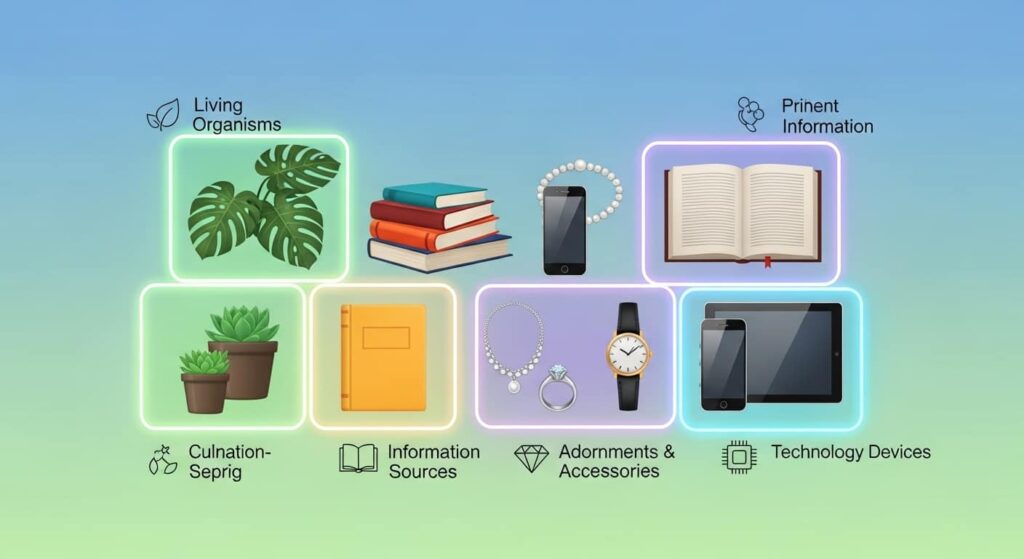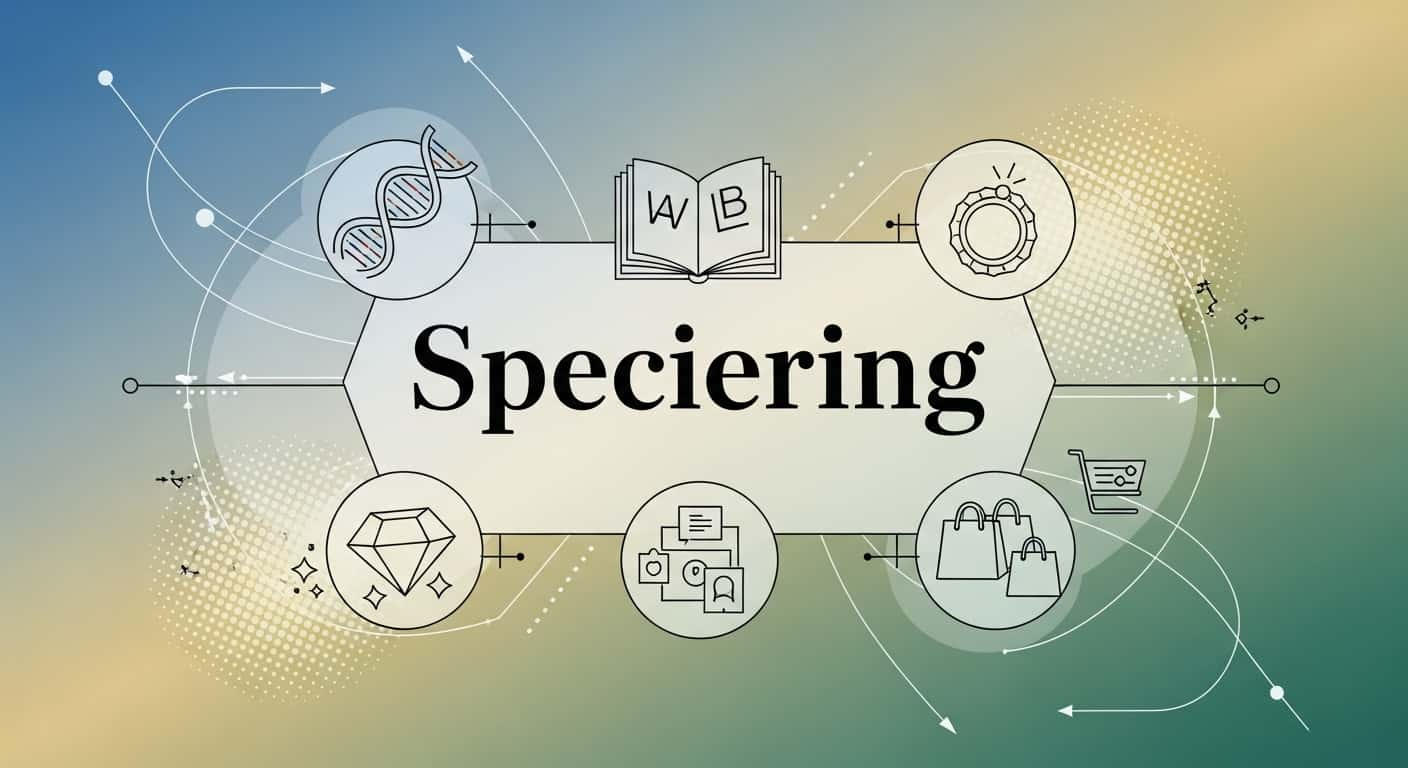Introduction
The term speciering may not be one that many people are familiar with at first glance, yet it plays a vital role in fields such as linguistics, jewelry, and even product categorization. Depending on the context, speciering refers to the act of classifying, describing, or distinguishing specific items, species, or objects in a clear and organized way.
At its core, speciering is about identification and distinction. Whether you are talking about words in language, different species in biology, or categories in commerce, speciering ensures things are not only recognized but also properly explained and understood.
This article will take you deep into the world of speciering. You will learn its definitions, real-world applications, examples, and why it has become an essential practice across various fields. By the end, you will see why speciering is more than just a technical term—it is a process that influences how we think, classify, and organize the world around us.
What is Speciering?

Speciering comes from the idea of specifying or distinguishing something from others in a group. It involves providing clarity and detail that helps in recognition. For example:
- In biology, speciering helps scientists distinguish one species from another.
- In linguistics, it refers to categorizing and breaking down words or terms into precise meanings.
- In commerce or jewelry, speciering is about classifying rings, gemstones, or products according to their unique features.
In simple terms, speciering is the act of giving detail and distinction so that confusion is avoided and understanding is improved.
The Importance of Speciering
Why does speciering matter so much? The answer lies in clarity and communication. Without speciering, everything would remain vague or generalized, leading to confusion and errors.
1. Better Organization
Speciering allows us to sort and classify. Whether it’s animals in the wild, books in a library, or jewelry in a store, organization becomes possible through detailed categorization.
2. Clear Communication
When things are properly specified, communication improves. For example, if a scientist is discussing a bird species, speciering helps ensure the conversation is not mistaken for another bird entirely.
3. Accuracy in Identification
Speciering ensures accuracy in identifying products, objects, or species. This is especially important in areas like medicine, biology, and commerce, where misidentification can lead to serious consequences.
4. Enhanced Value
In markets like jewelry or gemstones, speciering can increase the value of an item. By distinguishing features such as size, color, and cut, the product is seen as unique and therefore more valuable.
Historical Background of Speciering
Speciering as a practice dates back centuries. Humans have always had a natural urge to classify and organize things around them.
- In Ancient Times: Farmers practiced speciering by distinguishing edible plants from poisonous ones.
- In Biology: The practice gained attention during the time of Carl Linnaeus, who developed systems to classify living things.
- In Trade and Craftsmanship: Jewelers and traders relied on speciering to identify precious stones, metals, and artifacts.
Today, speciering has evolved into a systematic process applied across multiple disciplines, making it a fundamental part of modern knowledge systems.
Different Contexts of Speciering
Speciering can be understood better by exploring how it functions across different fields.
Speciering in Biology
In biology, speciering means classifying organisms into distinct species. This is vital for studying biodiversity, evolution, and ecosystems. For instance:
- Scientists classify animals like lions and tigers as different species, despite their similarities.
- Plants are speciated based on their unique structures, genetics, and reproductive methods.
This ensures that scientists can track species accurately, conserve endangered ones, and study their roles in ecosystems.
Speciering in Linguistics
In linguistics, speciering is about breaking down words, phrases, and meanings. For example:
- The word “ring” could refer to a circular band of metal, a sound, or even a group of people. Speciering clarifies which meaning is being used.
- Dictionaries rely on speciering to ensure each meaning of a word is explained in detail.
This type of speciering makes communication more precise and prevents misunderstandings in both written and spoken language.
Speciering in Jewelry
In jewelry, speciering involves classifying and describing different rings, gemstones, or ornaments. This may include:
- The type of metal used (gold, silver, platinum).
- The style of the ring (solitaire, halo, vintage).
- The gemstone’s cut, clarity, color, and carat weight.
Speciering here helps buyers understand what they are purchasing and gives jewelers a way to distinguish their products in a competitive market.
Speciering in Commerce
For businesses, speciering is crucial in product classification. Without it, online marketplaces and physical stores would struggle to organize thousands of items. For instance:
- Electronics may be specified by brand, model, and features.
- Food items are speciated by flavor, size, or dietary category.
This allows customers to filter, search, and select products more easily.
The Process of Speciering
Speciering usually follows a systematic approach to ensure accuracy and clarity.
Step 1: Observation
The first step is carefully observing the item, object, or concept.
Step 2: Identification of Features
Unique features such as shape, size, function, or meaning are identified.
Step 3: Classification
The item is placed into a category based on shared characteristics with others.
Step 4: Documentation
Speciering often requires written or recorded descriptions for future reference.
Step 5: Verification
The classification is verified by comparing with existing systems, records, or expert opinions.
Examples of Speciering in Everyday Life
Speciering is more common in our daily lives than we realize. Some examples include:
- In Supermarkets: Fruits like apples are speciated into Fuji, Gala, or Granny Smith.
- In Education: Subjects are broken down into specific topics for better learning.
- In Technology: Phones are specified by model, storage capacity, and performance.
- In Fashion: Clothes are distinguished by style, material, and season.
These examples highlight how speciering is deeply integrated into how we buy, learn, and communicate.
Challenges in Speciering
Although speciering is highly beneficial, it comes with challenges.
- Over-Specification: Sometimes items are categorized too much, leading to confusion instead of clarity.
- Misidentification: Errors in speciering can lead to false information, which can be harmful in fields like medicine or biology.
- Evolving Categories: As new discoveries are made, previous classifications may become outdated.
- Cultural Differences: What is considered a specific category in one culture may not hold the same meaning in another.
Overcoming these challenges requires constant research, careful observation, and international collaboration.
Why Speciering Matters in the Modern World

In today’s digital and globalized society, speciering has become more important than ever. With millions of products, species, and terms circulating worldwide, proper classification ensures smooth communication and trade.
In Science
Speciering helps track climate change effects on species and ecosystems.
In Technology
Search engines and e-commerce platforms rely heavily on speciering to match users with the right information or product.
In Business
Proper classification increases trust between sellers and buyers by ensuring accurate product details.
In Education
Speciering simplifies complex topics into smaller, more understandable categories for students.
The Future of Speciering
With technological advancements, speciering is entering a new era.
- Artificial Intelligence: Machines are now being trained to classify objects, texts, and even medical conditions automatically.
- Big Data: As the amount of information grows, advanced speciering methods help sort data for better decision-making.
- Global Standards: International organizations are working on universal classification systems to avoid miscommunication across countries.
This means speciering will continue to evolve and become even more relevant in the years to come.
Conclusion
Speciering is more than just a technical concept—it is a foundation of knowledge, communication, and organization. Whether in biology, linguistics, jewelry, commerce, or daily life, speciering ensures clarity, precision, and understanding.
From helping scientists distinguish species to guiding customers in buying the right product, speciering influences almost every aspect of modern living. Its importance will only grow as our world becomes more connected and information-driven.
By appreciating and applying speciering, we not only create order but also enrich the way we interact with knowledge, culture, and the world itself.
